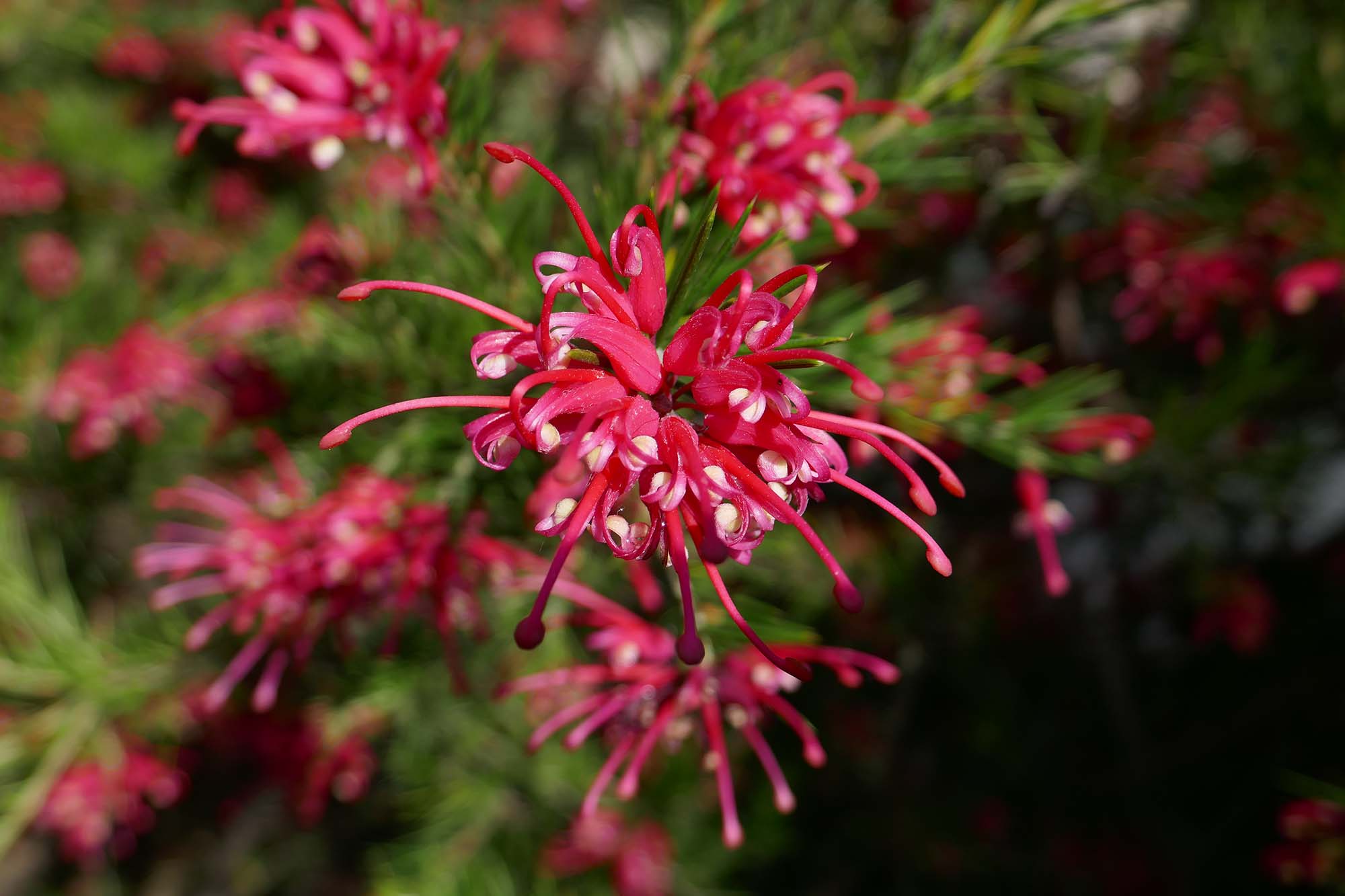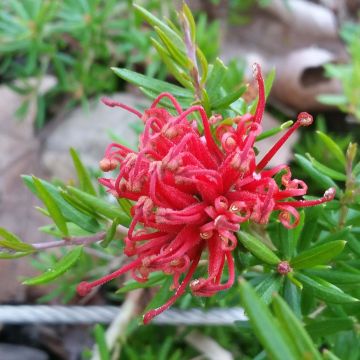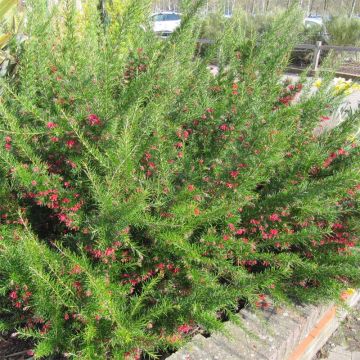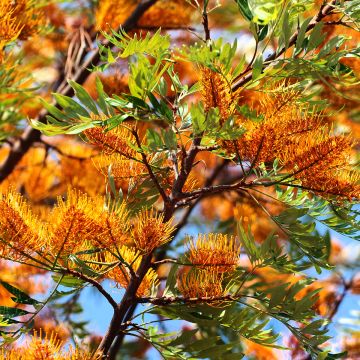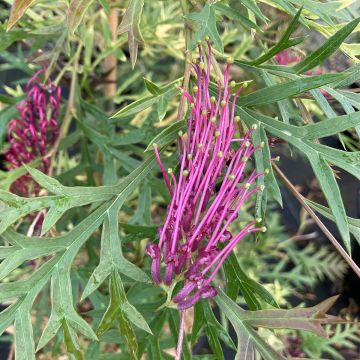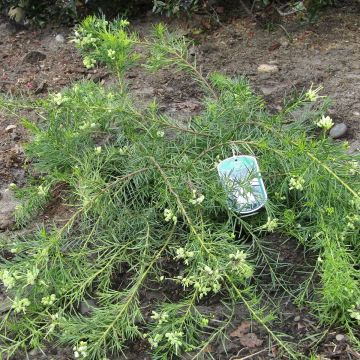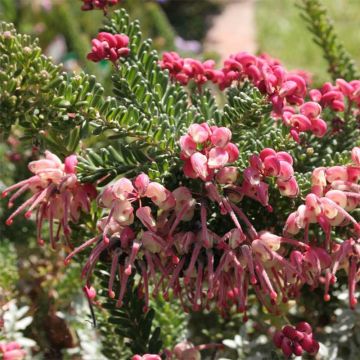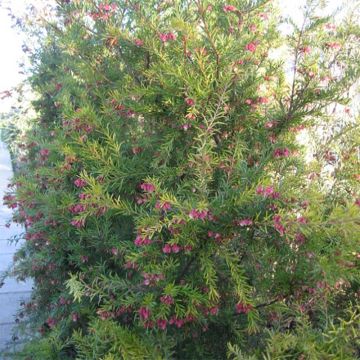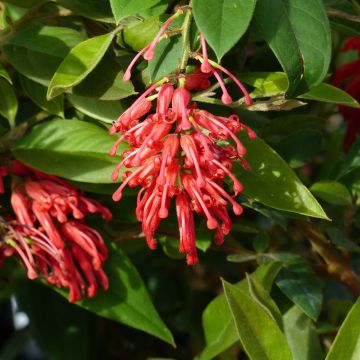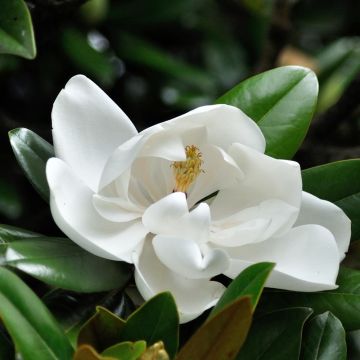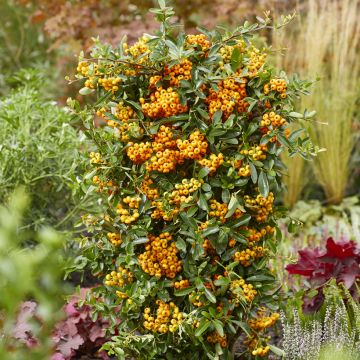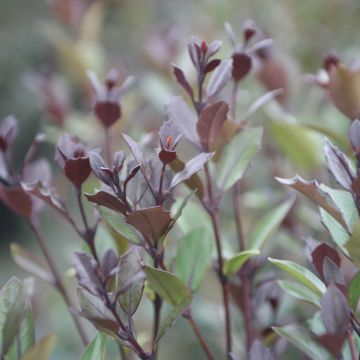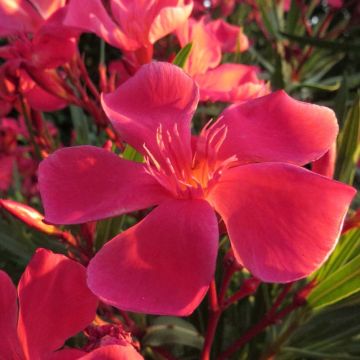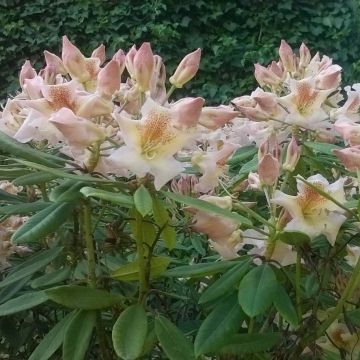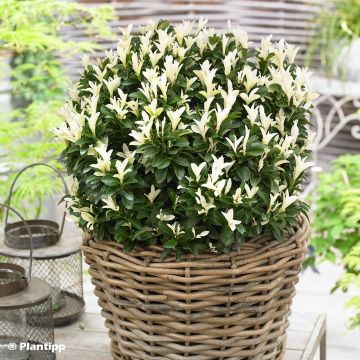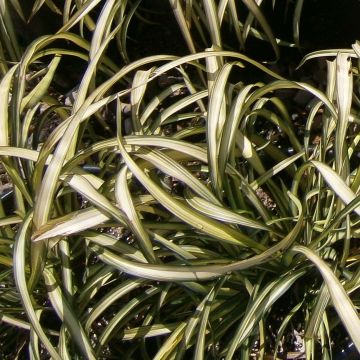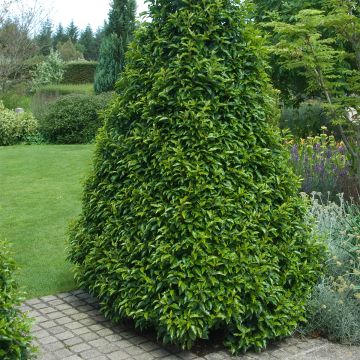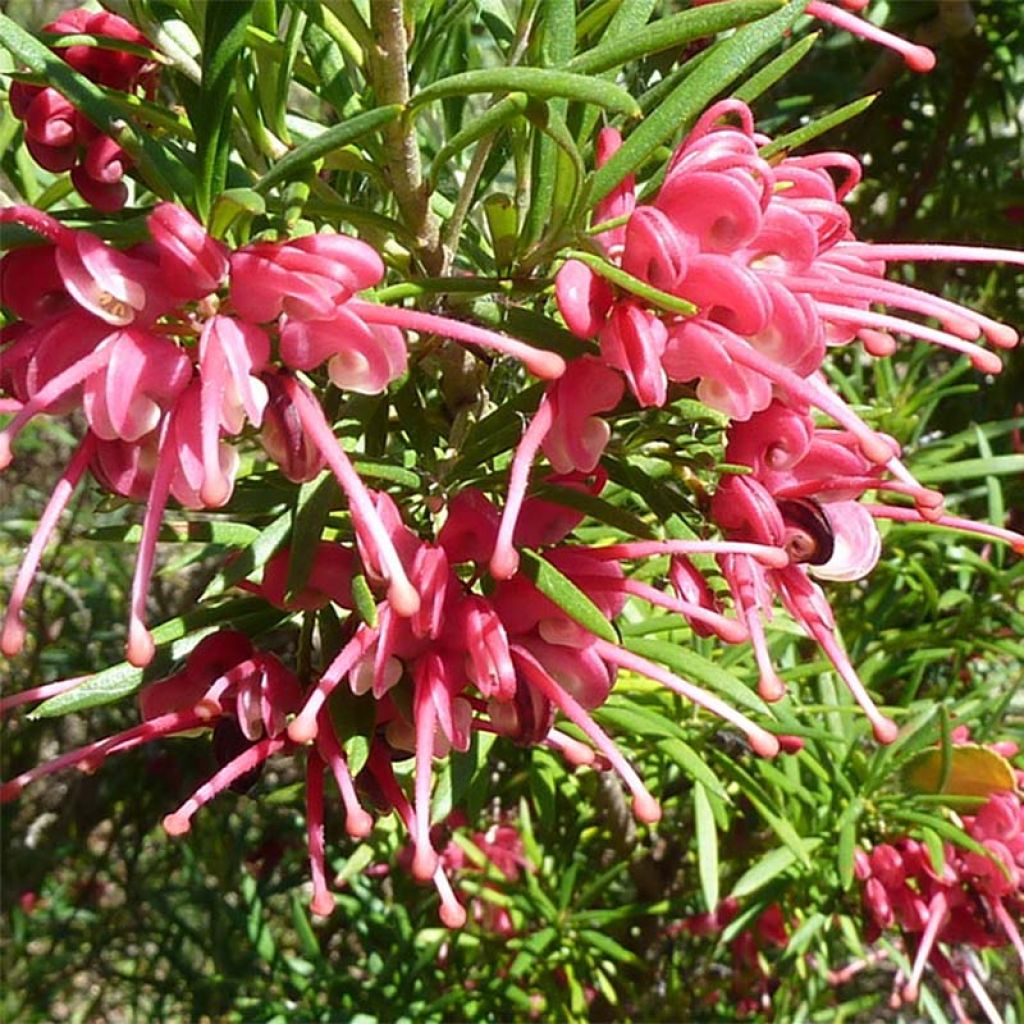

Grevillea rosmarinifolia
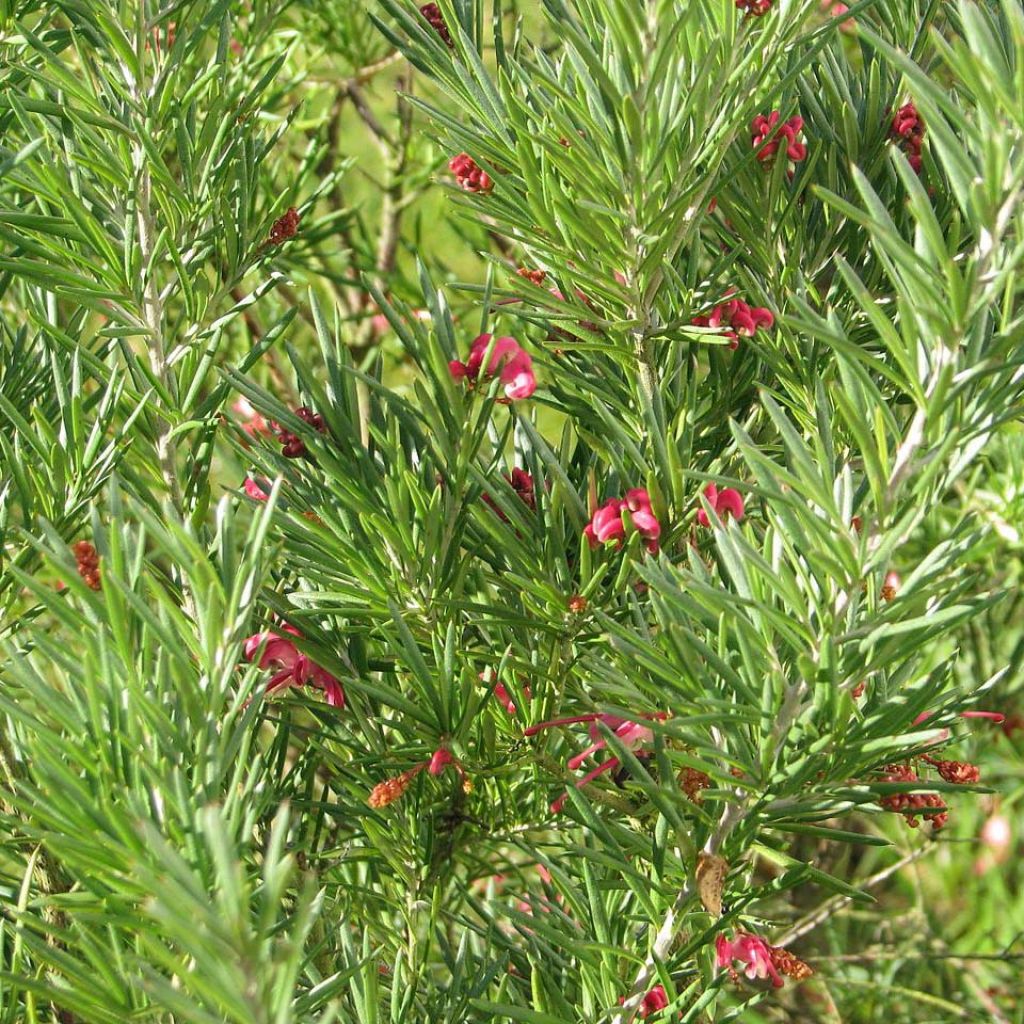

Grevillea rosmarinifolia
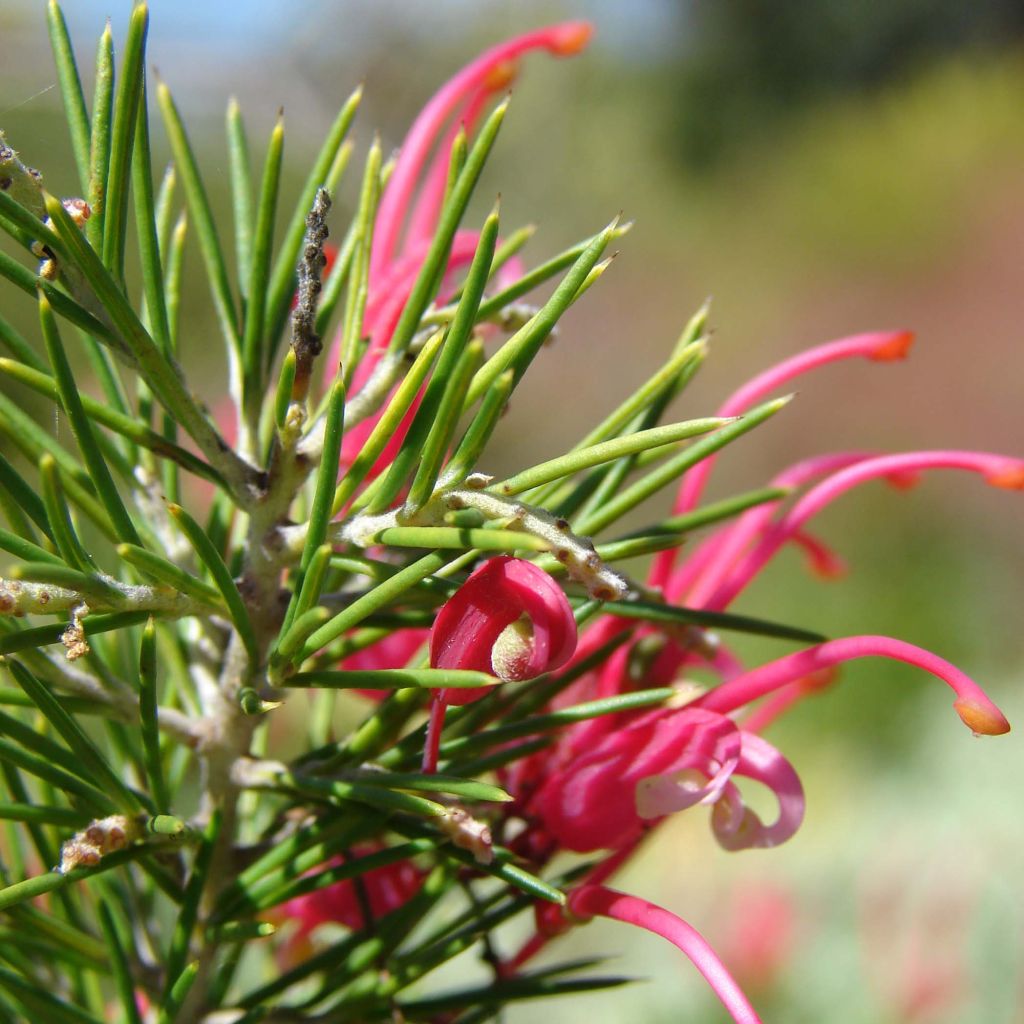

Grevillea rosmarinifolia
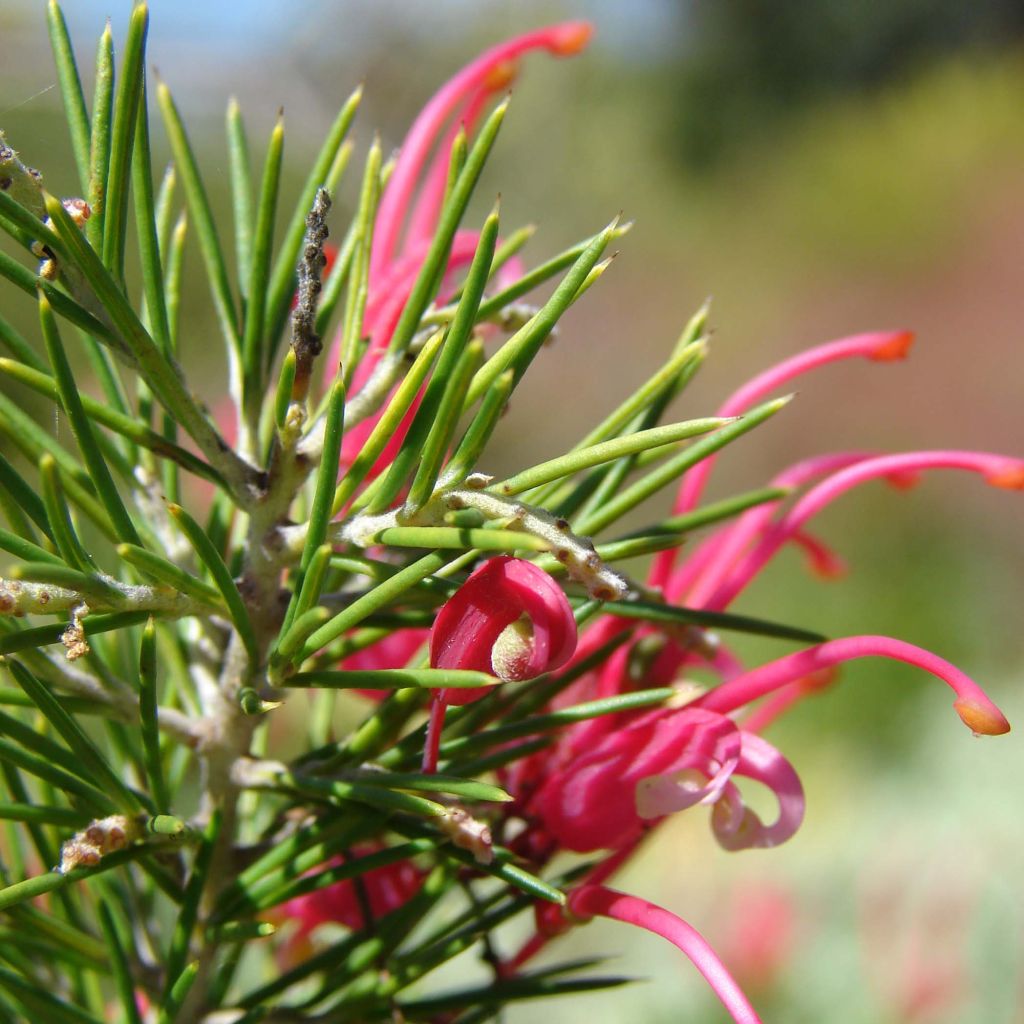

Grevillea rosmarinifolia
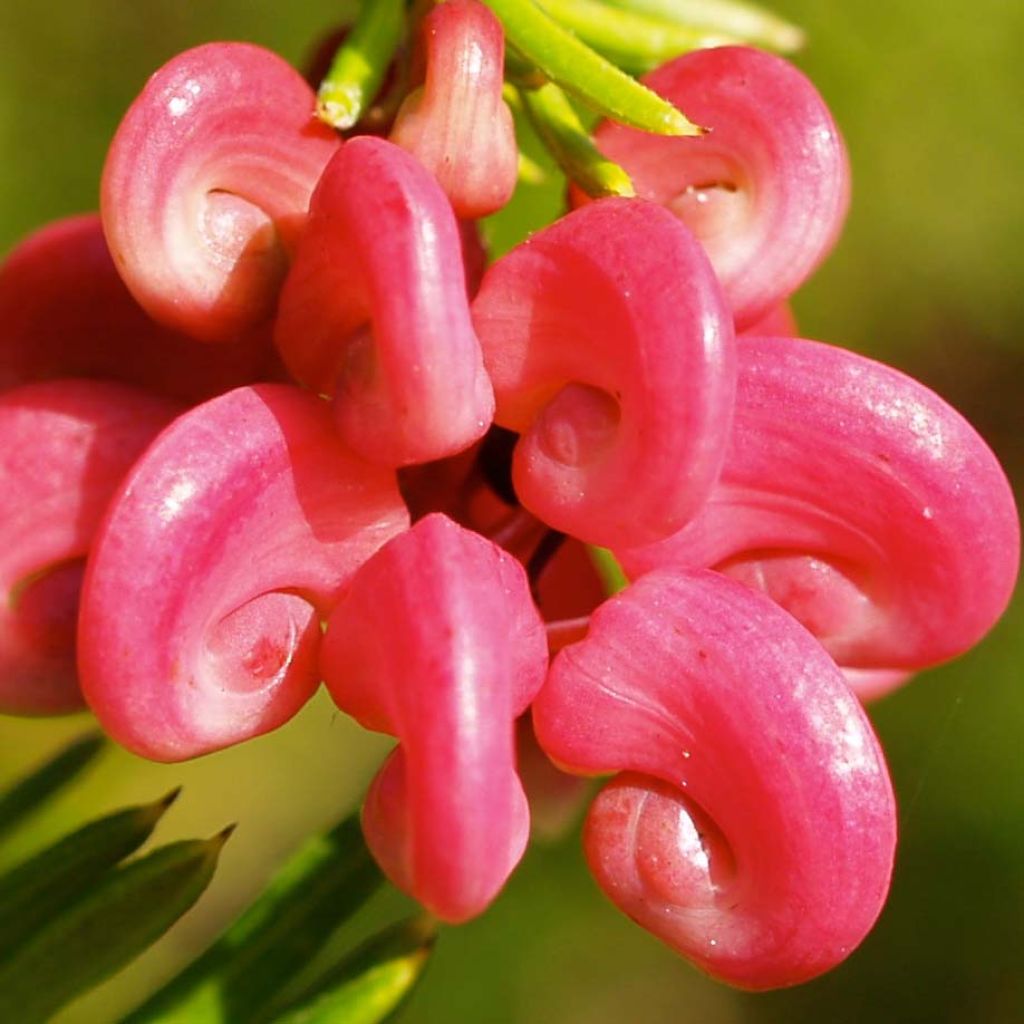

Grevillea rosmarinifolia
Grevillea rosmarinifolia
Grevillea rosmarinifolia
Rosemary Grevillea, Spider Flower
No issues to report.
France, 10/09/2024
Special offer!
Receive a €20 voucher for any order over €90 (excluding delivery costs, credit notes, and plastic-free options)!
1- Add your favorite plants to your cart.
2- Once you have reached €90, confirm your order (you can even choose the delivery date!).
3- As soon as your order is shipped, you will receive an email containing your voucher code, valid for 3 months (90 days).
Your voucher is unique and can only be used once, for any order with a minimum value of €20, excluding delivery costs.
Can be combined with other current offers, non-divisible and non-refundable.
Home or relay delivery (depending on size and destination)
Schedule delivery date,
and select date in basket
This plant carries a 24 months recovery warranty
More information
We guarantee the quality of our plants for a full growing cycle, and will replace at our expense any plant that fails to recover under normal climatic and planting conditions.


Would this plant suit my garden?
Set up your Plantfit profile →
Description
Grevillea rosmarinifolia, also known as Rosemary-leaved Grevillea, is a highly floriferous, evergreen bush, surprisingly hardy considering its origins. This particular botanical species is undoubtedly the one that has contributed the most to the discovery and appreciation of these fascinating Australian shrubs. It owes its species name to its small needle-like foliage, which resembles that of rosemary. It is appreciated for its long flowering period of bright red flowers, which sometimes starts in February and lasts for several months in mild climates. It is also valued for its dense habit, intense green foliage, and resistance to diseases and drought. Behind its green bushy appearance, this shrub hides a generous and undemanding nature: it definitely deserves a place in the garden. A small hole filled with sand and ericaceous soil should be dug for its root.
Grevillea rosmarinifolia is a bush from the proteaceae family, native to the cooler regions of southeastern Australia. Many Grevillea species are pioneers in their natural environment: they tolerate fairly poor, dry soils but do not appreciate the presence of limestone, and require full sun to flower. It grows rapidly, reaching maturity in 3-4 years, and has a rounded habit, occupying an average space of 2m (6 ft 7 in) in all directions. It develops thin ascending branches, forming a dense and somewhat bushy mass. Its small, narrow, and pointed leaves do not exceed 1.5 to 3cm (0.6 to 1.2 in) in length and are 1mm (0 in) wide. They are not smooth, hairy on the underside, and very vibrant green. The very decorative flower buds start forming in late autumn. The flowering truly explodes in February and lasts until May-June without interruption. In mild climates, it can bloom throughout the year if the soil remains slightly moist in summer. The bright raspberry red, flowers with pale yellow backs, are composed of petal-shaped styles coiled on themselves and long curved stamen, grouped in upright spider-shaped clusters. The root system of this plant is very dense on the surface, which allows it to adapt to nutrient-poor soils and summer drought.
Grevillea rosmarinifolia is one of the easiest species to grow, especially as it can withstand temperatures of -12 to -15°C (10.4 to 5 °F) in well-drained soil once well established. This bush requires little maintenance and can tolerate light pruning to keep it dense. It will easily thrive in coastal gardens in sheltered locations and preferably in light, filtering, and slightly acidic soil. Particularly suitable for Mediterranean climates, it can be combined with evergreen ceanothus to create opaque and flowering hedges for a very long period. It will also look good when planted alone on large slopes or at the back of dry garden beds, always in an open position and full sun. In an exotic or Mediterranean garden, it can be associated with proteas, Agave, Canary Island viper's bugloss, Euphorbia mellifera, Aloe aristata, Melianthus major, palms, Callistemon, and Leptospermum. Container cultivation allows for control over the substrate composition and enables the bush to be overwintered in a cold greenhouse or a very bright and minimally heated conservatory in very cold regions.
Grevillea rosmarinifolia in pictures
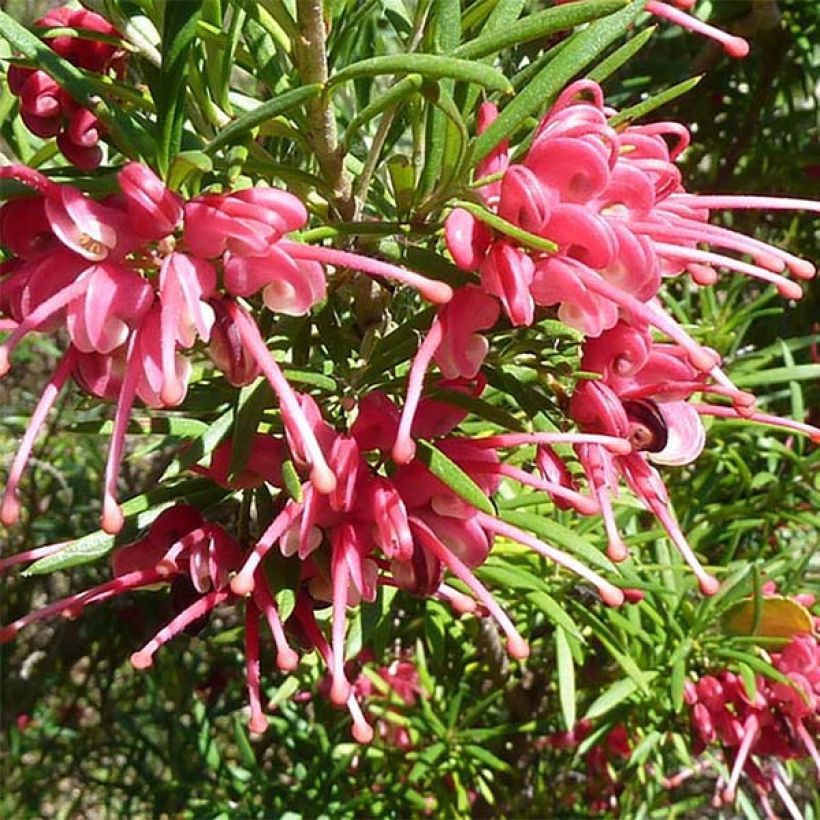

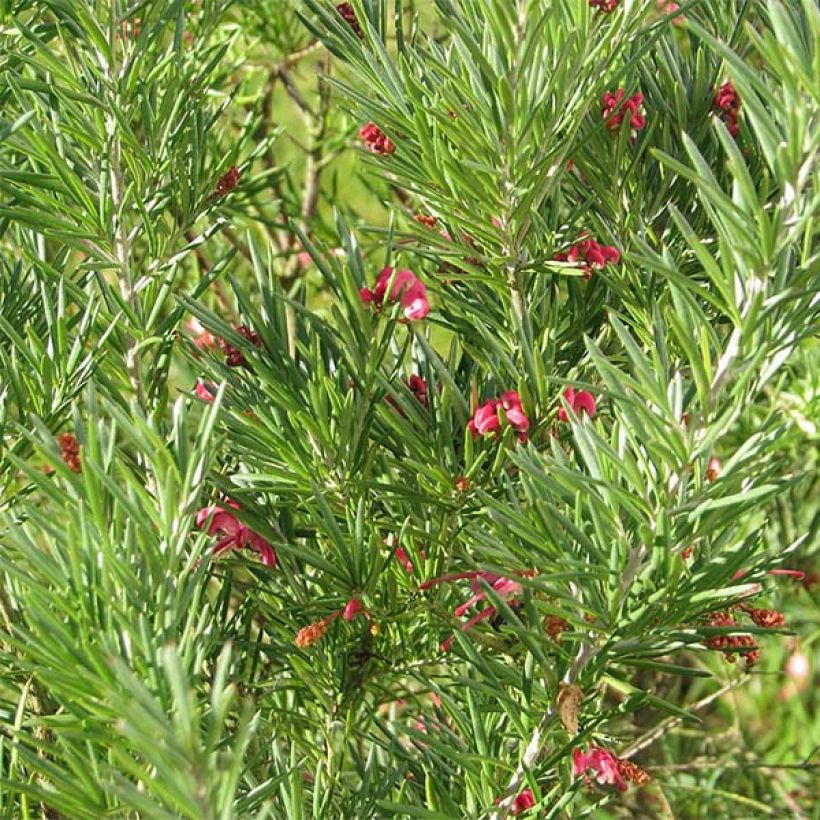

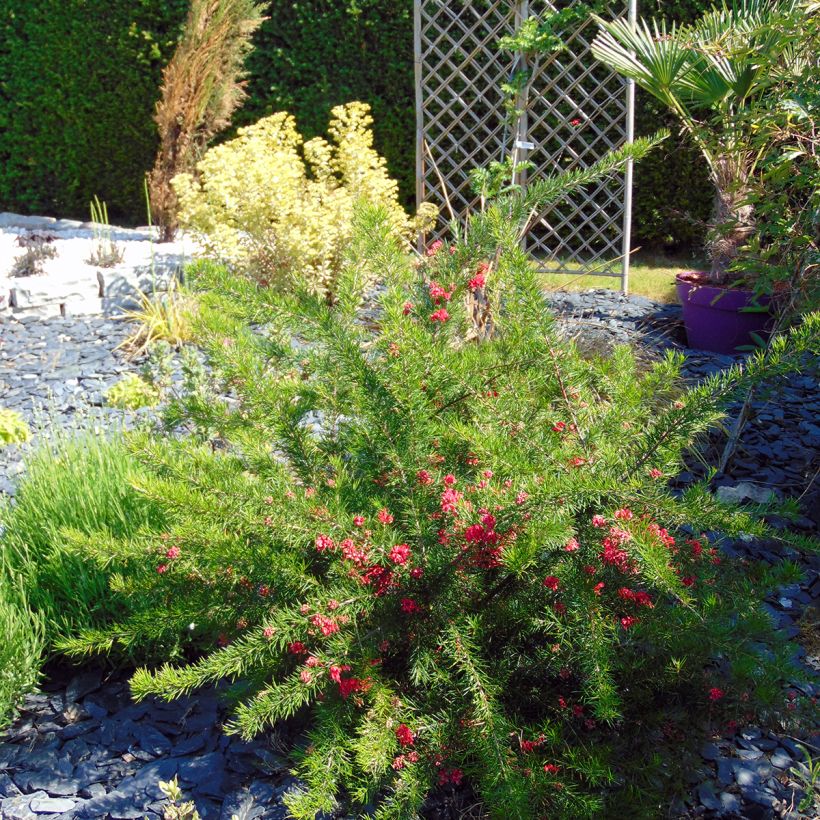

Plant habit
Flowering
Foliage
Botanical data
Grevillea
rosmarinifolia
Proteaceae
Rosemary Grevillea, Spider Flower
Australia
Other Grevillea
View all →Planting and care
Grevillea rosmarinifolia is best planted in spring, after the last frost. It prefers soil with a pH ranging from acidic to neutral, sandy, gritty, poor, and very well-drained. The presence of limestone in the soil causes yellowing of the foliage, chlorosis, which greatly weakens the bush to the point of death. This condition can be corrected by regularly applying chelated iron. In regions where the soil and subsoil are limestone, it is advisable to dig a large pit of 60 cm (23.6 in) in all directions, filled with ericaceous soil and sand. Growing it in a pot allows better control of the substrate and the ability to store the plant frost-free in a borderline hardiness zone (down to -12/-15°C (10.4/5 °F) for a well-established plant). In a pot, use a light, well-draining but moist potting mix. We recommend the following mixture: 60% pine bark, 20% coarse river sand, 10% fine river sand, and 10% clay soil for its water-retaining capacity. The pH should be 7 or less.
Grevilleas are drought-resistant plants once well established: however, monitor watering during the first two summers and throughout the cultivation period in pots. In the ground, it benefits from a thick layer of mulch. Use wood chips or grass clippings. It is recommended to use a fertilizer very low in phosphorus, as it can decrease the bush's drought resistance by destroying the thick root hairs that develop just below the soil surface. An 18-2-10 N-P-K fertilizer is well-suited.
Insects and diseases:
Grevilleas can develop black leaf spots, caused by a rarely fatal fungus: using a fungicidal treatment will eliminate it.
It can also suffer from collar rot, a deadly disease caused by fungi that develop in wet and warm soil. Avoid burying the plant's collar to allow better airflow. Avoid watering too often in hot and dry weather, let the soil dry between waterings.
Phytophthora (cinnamomi), a disease also caused by a fungus, affects many plants in dry areas. The parasite destroys the roots during excessively rainy winters. Prevention is crucial as the disease is almost impossible to eradicate: ensure that the soil drainage is perfect, remove the excess water from the saucer placed under the pot, and remove dead or diseased parts.
Planting period
Intended location
Care
Planting & care advice
-
, onOrder confirmed
Reply from on Promesse de fleurs
Similar products
Haven't found what you were looking for?
Hardiness is the lowest winter temperature a plant can endure without suffering serious damage or even dying. However, hardiness is affected by location (a sheltered area, such as a patio), protection (winter cover) and soil type (hardiness is improved by well-drained soil).

Photo Sharing Terms & Conditions
In order to encourage gardeners to interact and share their experiences, Promesse de fleurs offers various media enabling content to be uploaded onto its Site - in particular via the ‘Photo sharing’ module.
The User agrees to refrain from:
- Posting any content that is illegal, prejudicial, insulting, racist, inciteful to hatred, revisionist, contrary to public decency, that infringes on privacy or on the privacy rights of third parties, in particular the publicity rights of persons and goods, intellectual property rights, or the right to privacy.
- Submitting content on behalf of a third party;
- Impersonate the identity of a third party and/or publish any personal information about a third party;
In general, the User undertakes to refrain from any unethical behaviour.
All Content (in particular text, comments, files, images, photos, videos, creative works, etc.), which may be subject to property or intellectual property rights, image or other private rights, shall remain the property of the User, subject to the limited rights granted by the terms of the licence granted by Promesse de fleurs as stated below. Users are at liberty to publish or not to publish such Content on the Site, notably via the ‘Photo Sharing’ facility, and accept that this Content shall be made public and freely accessible, notably on the Internet.
Users further acknowledge, undertake to have ,and guarantee that they hold all necessary rights and permissions to publish such material on the Site, in particular with regard to the legislation in force pertaining to any privacy, property, intellectual property, image, or contractual rights, or rights of any other nature. By publishing such Content on the Site, Users acknowledge accepting full liability as publishers of the Content within the meaning of the law, and grant Promesse de fleurs, free of charge, an inclusive, worldwide licence for the said Content for the entire duration of its publication, including all reproduction, representation, up/downloading, displaying, performing, transmission, and storage rights.
Users also grant permission for their name to be linked to the Content and accept that this link may not always be made available.
By engaging in posting material, Users consent to their Content becoming automatically accessible on the Internet, in particular on other sites and/or blogs and/or web pages of the Promesse de fleurs site, including in particular social pages and the Promesse de fleurs catalogue.
Users may secure the removal of entrusted content free of charge by issuing a simple request via our contact form.
The flowering period indicated on our website applies to countries and regions located in USDA zone 8 (France, the United Kingdom, Ireland, the Netherlands, etc.)
It will vary according to where you live:
- In zones 9 to 10 (Italy, Spain, Greece, etc.), flowering will occur about 2 to 4 weeks earlier.
- In zones 6 to 7 (Germany, Poland, Slovenia, and lower mountainous regions), flowering will be delayed by 2 to 3 weeks.
- In zone 5 (Central Europe, Scandinavia), blooming will be delayed by 3 to 5 weeks.
In temperate climates, pruning of spring-flowering shrubs (forsythia, spireas, etc.) should be done just after flowering.
Pruning of summer-flowering shrubs (Indian Lilac, Perovskia, etc.) can be done in winter or spring.
In cold regions as well as with frost-sensitive plants, avoid pruning too early when severe frosts may still occur.
The planting period indicated on our website applies to countries and regions located in USDA zone 8 (France, United Kingdom, Ireland, Netherlands).
It will vary according to where you live:
- In Mediterranean zones (Marseille, Madrid, Milan, etc.), autumn and winter are the best planting periods.
- In continental zones (Strasbourg, Munich, Vienna, etc.), delay planting by 2 to 3 weeks in spring and bring it forward by 2 to 4 weeks in autumn.
- In mountainous regions (the Alps, Pyrenees, Carpathians, etc.), it is best to plant in late spring (May-June) or late summer (August-September).
The harvesting period indicated on our website applies to countries and regions in USDA zone 8 (France, England, Ireland, the Netherlands).
In colder areas (Scandinavia, Poland, Austria...) fruit and vegetable harvests are likely to be delayed by 3-4 weeks.
In warmer areas (Italy, Spain, Greece, etc.), harvesting will probably take place earlier, depending on weather conditions.
The sowing periods indicated on our website apply to countries and regions within USDA Zone 8 (France, UK, Ireland, Netherlands).
In colder areas (Scandinavia, Poland, Austria...), delay any outdoor sowing by 3-4 weeks, or sow under glass.
In warmer climes (Italy, Spain, Greece, etc.), bring outdoor sowing forward by a few weeks.






























